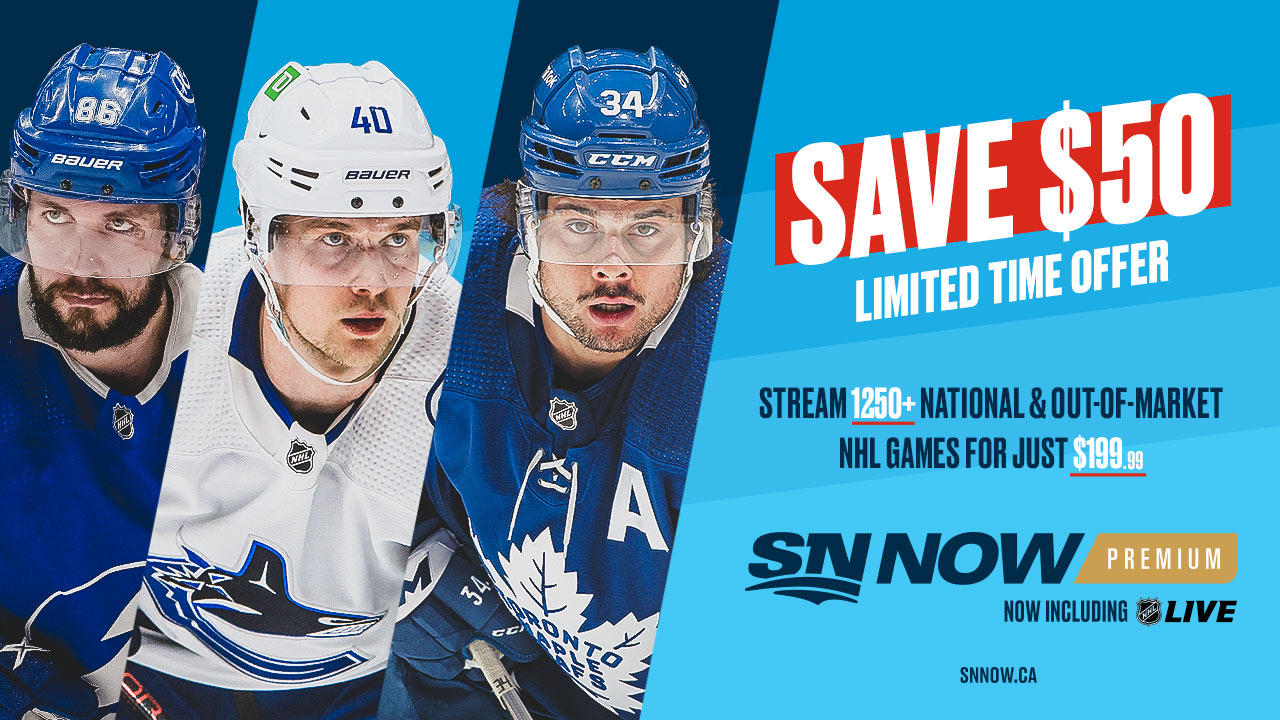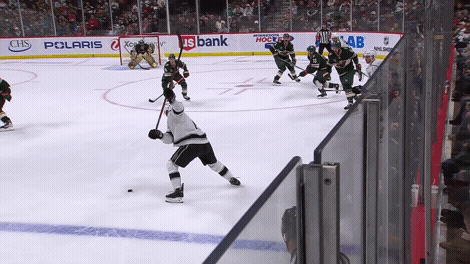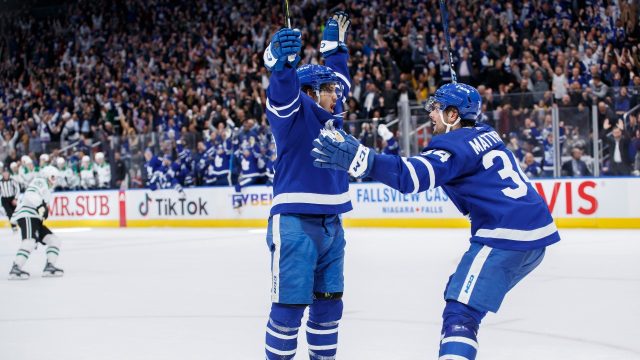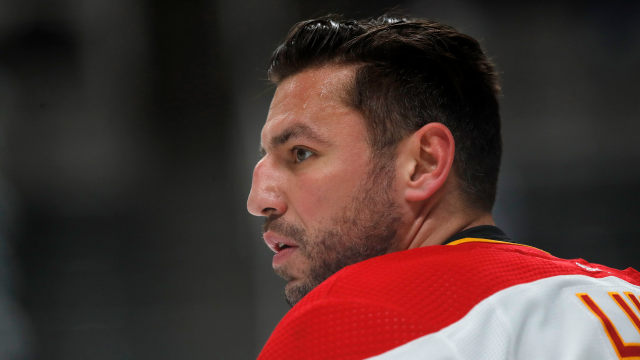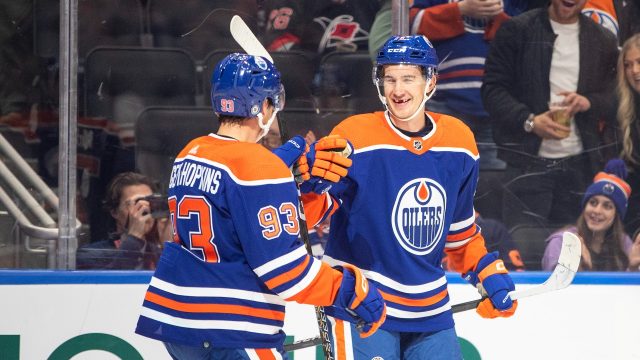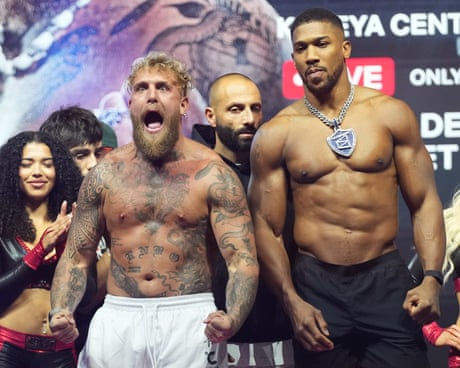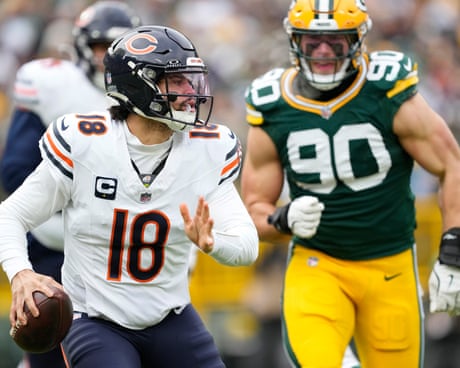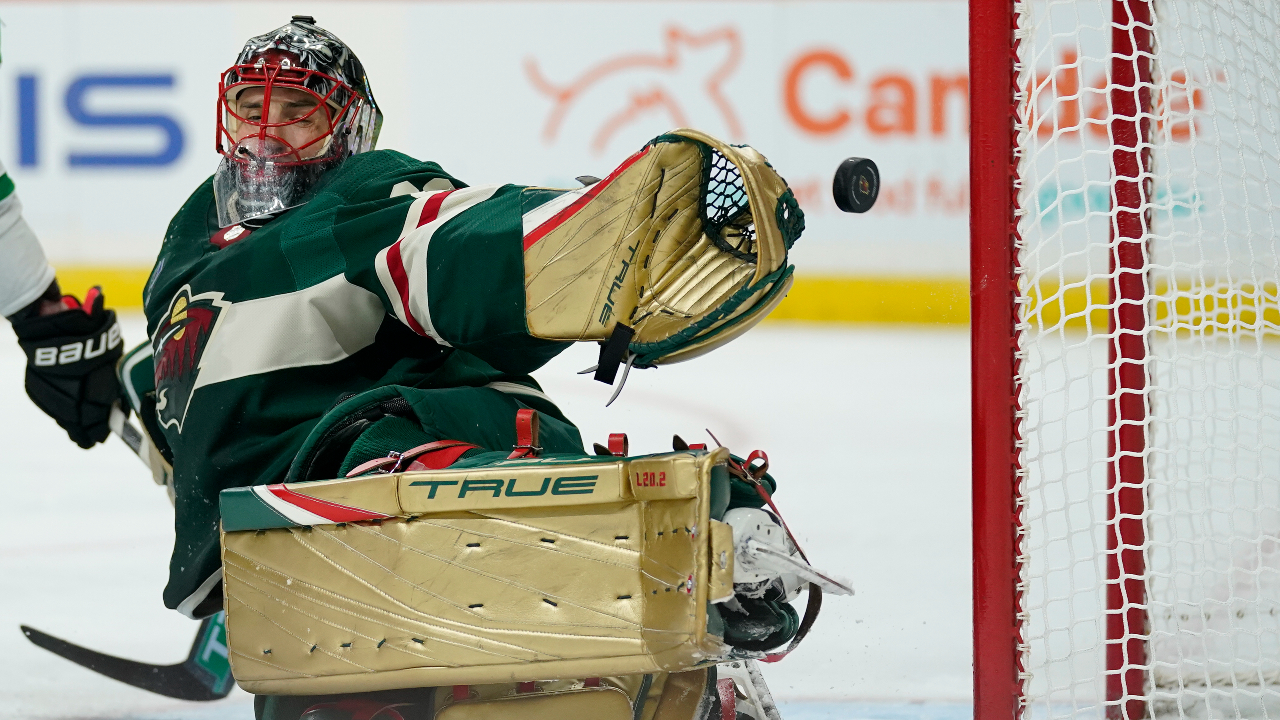
The Friday Four, a collection of thoughts and information on some intriguing player performances from the very early-goings this season. Today we’ll look at:
• Whether there’s a goalie concern emerging in Minnesota
• Why Valeri Nichushkin could return great value on his massive eight-year extension in Colorado
• Which Florida defenceman needs to step up most with Aaron Ekblad out of the lineup
• And how David Pastrnak is setting the table for a monster contract that could reset the top of the winger market
Marc-Andre Fleury, Minnesota Wild
The next three seasons should be fascinating in Minnesota. As the team tries to build on improved regular season finishes and breakthrough with some playoff series wins, they’ll have to battle punishing cap penalties from buyouts to Ryan Suter and Zach Parise.
This isn’t a rebuild situation. Far from it. With a nice mix of veterans and young players on cheap contracts, the Wild seem in good shape to carry on at least this season. But they did have one curveball to deal with in the summer.
GM Bill Guerin’s plan was to come into the season with an experienced goalie tandem of Cam Talbot and Marc-Andre Fleury. But when the latter re-upped on an extension before becoming a free agent, the former asked for a trade out of town to get more playing time — and then Talbot was sent to Ottawa.
So, Fleury was instead paired with the inexperienced Filip Gustavsson this season, and much more of the workload and responsibility fell to him. This is why Fleury’s slow start in the very early-goings is so alarming.
In Game 1, Fleury allowed seven goals on 35 shots against the Rangers. In Game 2, he allowed four goals on 14 shots and was pulled after the first period. You could hear the Wild fans’ frustration through a spattering of boos and a Bronx cheer.
Fleury was just not himself to start off, and sat for Minnesota’s third game of the year — a 6-3 loss to Colorado in which Gustavsson allowed five goals on 37 shots.
So, is there a controversy brewing here in the crease?
“Definitely in the media, certainly with the fanbase,” reporter Michael Russo said on The Jeff Marek Show Thursday.
At what point does it become a legitimate concern for management, though?
“They’re realists. They know three games into the season they’ve gotten terrible goaltending. If Marc-Andre Fleury gets shellacked again, they are going to have to start to think about this.
“I do think there’s a lot of eyes on the goaltenders and Fleury looks like he’s feeling it. He doesn’t look confident,” Russo continued. “He admitted after Game 2 he had lost his confidence and was embarrassed by the way he was playing. He kept on calling the goals he was giving up ‘stupid.’ So I do think there’s definitely concern inside the organization about what sort of position they put themselves in here.”
Now, to be sure, goaltending hasn’t been the Wild’s only problem to start the season. Team offence has been slow out of the gate at 5-on-5 — while Minnesota’s power play is cooking at 41.2 per cent, they rank 23rd in 5-on-5 goals per 60 minutes, a stat they finished second in last season.
The defence in front of the crease has been lacking and falling off last season’s performance as well.
|
|
Shot attempts against/60 |
Expected goals against/60 |
High danger chances against/60 |
|
Wild 2022-23 |
55.18 (13th) |
2.45 (13th) |
12.86 (26th) |
|
Wild 2021-22 |
54.25 (13th) |
2.13 (2nd) |
9.46 (2nd) |
But, when it comes down to it, Fleury has allowed 6.67 more goals than expected so far this season, which ranks 59th of 59 goalies.
“The thing that is standing out most about his game right now is he appears more active than ever in his crease,” said scout Jason Bukala. “He doesn’t seem to be getting set — and his side to side tracking is taking him outside his posts too often. Fleury has always been a bit unorthodox. He’s an active/athletic goalie who will do whatever it takes to make saves, but he isn’t a big body. When smaller goalies get outside the posts they have a longer way to travel to get in position to make additional saves or adjustments.
“My most concerning observation is the fact he is dropping too early and over-anticipating. The results have been some goals over his shoulders — and worse — from long range. It sounds easy to say, but he needs to settle himself down.
“Having said that, the Wild have been a tire fire in their end to start the season. They are losing their men back door, not winning crease area battles, and failing to get into shooting lanes defending their net. The entire unit needs to be better.”
A few wins may quell these early concerns, kill off any talk of a controversy at the position, or a need to acquire more help. And on Thursday, Fleury did earn a 4-3 OT win against Vancouver. He had an .885 save percentage in the game, so we’re not out of the woods yet, but it’s a start towards hopefully better days.
“Oh my gosh, so much better. Great feeling,” a relieved Fleury said after the first win. “Feels good. Finally at home, get a win, came back. We were down twice I think and finally came back and won it. Good feeling.”
The 4-1-0 Bruins await the Wild in Boston Saturday night.
Valeri Nichushkin, Colorado Avalanche
It’s hard to believe that four years ago, Nichushkin was the most snake bitten player in the NHL. In 2018-19, the last full season before the pandemic, Nichushkin played 57 games and scored…zero goals.
It ended up being his last season with the team that drafted him 10th overall. He signed with Colorado as a free agent in 2019 for a low, low cap hit of just $850,000.
Ever since, Nichushkin has been on a steady rise as a dangerous scorer, a cautionary tale of giving up on someone too early. The 27-year-old arrived in a big way with 25 regular season goals in 2021-22 and another nine in 20 games through the playoffs. This time he re-signed with the Avalanche for a monster deal: eight years with a $6.125 million cap hit. They had to choose him, the winger, over Kadri, the centre.
And, there’s reason to believe that could still wind up being a value deal in the end.
This season, Nichushkin is off to a fast start, and sits tied for third in NHL goal scoring with five goals in his first four games. And while, yes, his 33.3 shooting percentage won’t stay that hot, we’re still waiting on him to produce in one area.
Nichushkin has yet to score at even strength, with four power play markers and one short handed. Last season, Nichushkin scored five power play goals total, and 18 at even strength, so it’s not as though he’s inflated his totals with the extra man over the years.
|
SEASON |
EVEN STRENGTH GOALS |
POWER PLAY GOALS |
SHORTHAND GOALS |
SHOTS PER 60 MINS |
SH% |
|
2018-19
|
0
|
0
|
0 |
5.74 |
0 |
|
2019-20
|
11 |
1 |
1 |
7.41 |
11.5 |
|
2020-21
|
9 |
0 |
1 |
7.6 |
10.2 |
|
2021-22
|
18 |
5 |
2 |
9.16 |
13.9 |
|
2022-23 |
0 |
4 |
1 |
10.55 |
33.3 |
With this start, Nichushkin very well could set a new career high in power play markers, especially on Colorado’s top unit.
And those even strength goals should start coming. Nichushkin is third on the Avs with 9.51 shots per 60 minutes at even strength so far, which is comparable to his season-long rate last season (the graphic above shows shot rates in all situations). Eventually those will start going in, and when they do, Nichushkin could be on his way to a 30-plus goal year.
Gustav Forsling, Florida Panthers
The Florida Panthers will be without Aaron Ekblad for at least a month, and possibly longer. Two years ago when Ekblad went down, MacKenzie Weegar stepped up in a big way and showed that his strong season had more to do with his personal contributions, and not just because he was paired with Florida’s top defenceman.
This time Weegar isn’t around of course, traded to Calgary in the Matthew Tkachuk summer blockbuster. Without him, the Panthers’ D corps thinned out quite quickly and so Ekblad’s injury will be a major early challenge for the group.
If you’re looking for someone to step up this time, Gustav Forsling is the name to watch.
The 26-year-old had something of a breakout campaign last season, finishing with 10 goals and 37 points in 71 games. And, importantly, when Ekblad missed the last month and a half of 2021-22, Forsling did step up, while spending most of his time on a pair with Brandon Montour at 5-on-5 (and a dose of Weegar, too).
His numbers over that stretch were still pretty strong, and he led all Panthers blueliners with 13 points in 19 games without Ekblad.
|
D PARTNER |
5on5 TOI |
CF% |
SF% |
GF% |
xGF% |
|
Montour |
133:43
|
60.40
|
63.45
|
80
|
58.03 |
|
Weegar |
105:33 |
61.04
|
60.14 |
57.14 |
57.97 |
|
Gudas |
94:09 |
50.27 |
55.56 |
42.86 |
59.13 |
This season, Forsling is averaging 25:38 minutes per game, good for third in the league. He was a waiver claim of Florida’s in January of 2021, after the Hurricanes let him get away for free.
Usually those aren’t the type of players you count on to fill a big role for a Cup hopeful — and, perhaps, the Panthers aren’t quite in that tier anymore with this blue line. Time will tell.
But there’s no mistaking that Forsling has levelled up in the past year and is one to keep an eye on in fantasy or fandom when he has to fill a huge void for at least the next month.
David Pastrnak, Boston Bruins
He could be the best UFA available next July if the Bruins aren’t able to sign Pastrnak in time, and what his number might be on a re-sign before hitting the open market will be one of this year’s more fascinating storylines.
Players upping their production in contract years can be a thing (just look at Nazem Kadri last season), but Pastrnak already is a 40-goal scorer, so can how much higher can he really go?
So far, in the early-goings of 2022-23, Pastrnak leads the league in shots on goal with 32 in five games. That would put him on pace for 525 shots over 82 games, which is probably unsustainable. Then again, that number would rank only third all-time in NHL history, and be just shy of the 528 shots Alex Ovechkin logged in 2008-09 (Phil Esposito holds the record with 550 shots in 1970-71).
As unlikely as it would be for him to take that many shots, at least it’s not completely unrealistic.

Also, at the moment, Pastrnak has converted on 9.4 per cent of his shots, which is well below his career average of 13.9. As his overall shot numbers come back to Earth, that average should rise again.
But imagine if it rises — and his shot totals stay astronomical? That would have the makings for a 50-goal season…or more. Ovechkin did have a shooting percentage over 10 in 2008-09.
It’s fun to think about, at least.
How far the cap rises will be a major factor in what Pastrnak gets on his next deal. If next year’s cap rises by just $1 million, his range of AAV will be pretty firmly established in the current marketplace, and might top out around $11 million.
But what if the players’ escrow “debt” is paid off this season, and the cap does rise by $4 million, which Gary Bettman mentioned was a possibility this week? Then we could be talking about Pastrnak setting a stark new benchmark for star winger contracts.


